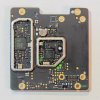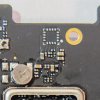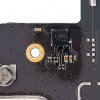Popped the cover off the GNSS chip on a Mavic 3 GPS replacement module, and revealed it's a uBlox M8030-KA chip:
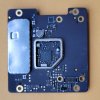
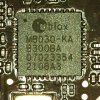
Previous hardware teardowns exposing chips have shown a slightly different variant of this chip - M8030-KT - in use for at least the Mavic Pro, Mavic 2 Pro, Mavic Mini, Mavic Air, Mavic Air 2 and Mavic Air 2S.
On the uBlox site, it indicates the KA is a higher grade than the KT variant, but the product summary only highlights the KA has a higher operating temperature than the KT. Couldn't see anything else in the summary.
Anyhoo, under the hood it's the same tried and tested uBlox M8 engine, with the same programming API, that DJI have utilized for several years now.


Previous hardware teardowns exposing chips have shown a slightly different variant of this chip - M8030-KT - in use for at least the Mavic Pro, Mavic 2 Pro, Mavic Mini, Mavic Air, Mavic Air 2 and Mavic Air 2S.
On the uBlox site, it indicates the KA is a higher grade than the KT variant, but the product summary only highlights the KA has a higher operating temperature than the KT. Couldn't see anything else in the summary.
Anyhoo, under the hood it's the same tried and tested uBlox M8 engine, with the same programming API, that DJI have utilized for several years now.





